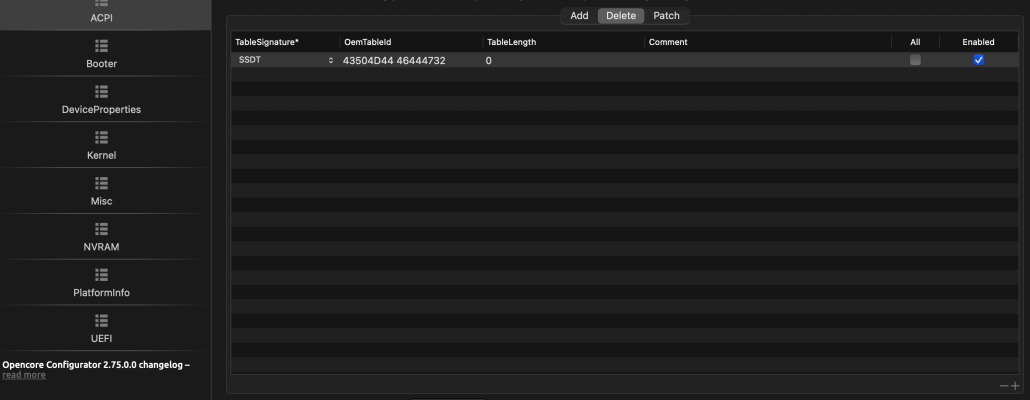- Joined
- May 1, 2022
- Messages
- 22
- Motherboard
- Gigabyte B650 Aorus Pro AX (rev. 1.x)
- CPU
- Ryzen 9 7950x3d
- Graphics
- RX 6960 XT
- Mac
Much appreciated, thank you.You need to be using a recent version of RestrictEvents.kext plus the following boot argument (or NVRAM entries) in your config.plist. This will fix the PCI and Memory tab issues evident in your setup.
revpatch=auto
This boot argument will fix the PCI and Memory tab issues evident in your MacPro7,1 setup. I use the same boot argument in my AMD systems.
This boot argument is taken from the details below.
View attachment 577127

GitHub - acidanthera/RestrictEvents
Contribute to acidanthera/RestrictEvents development by creating an account on GitHub.github.com
Attachments
Last edited:

